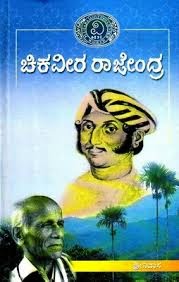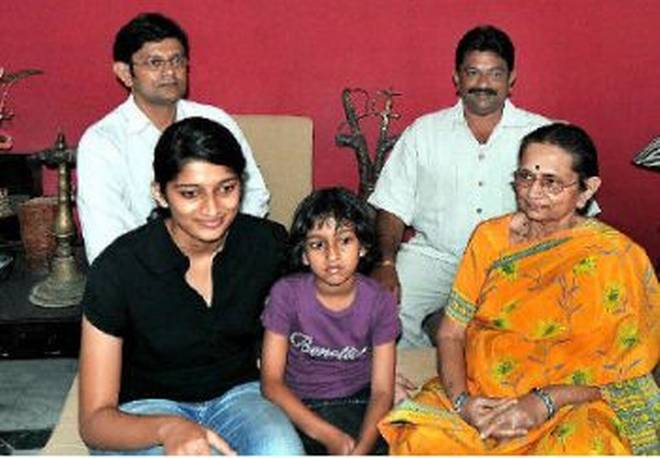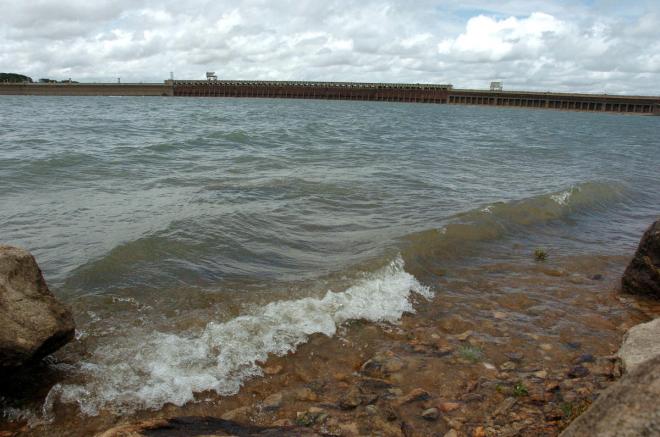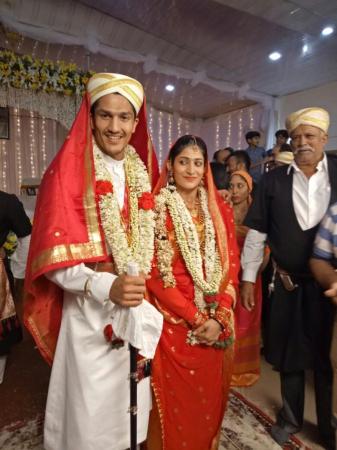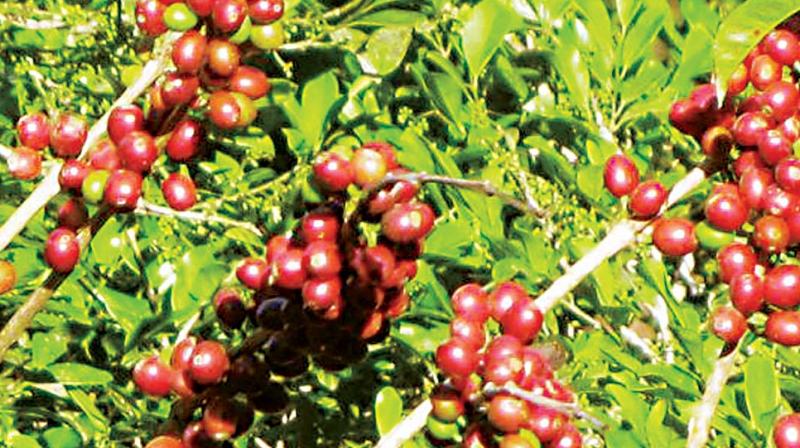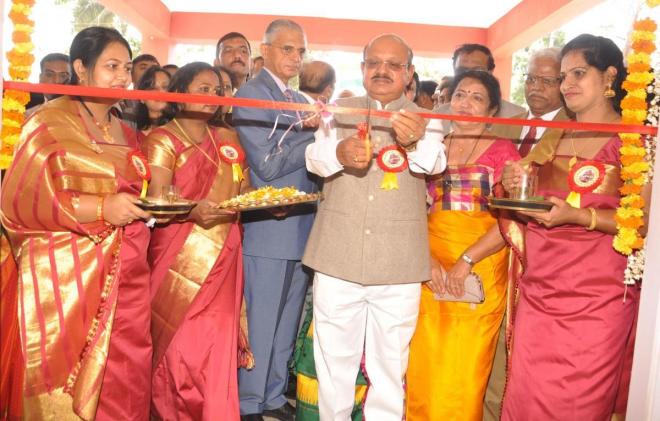
Karnataka is in the second position in the country for providing infrastructure facilities to courts, said Law and Parliamentary Affairs Minister T B Jayachandra.
Inaugurating the court complex and quarters for officials of the judiciary in Ponnampet, Virajpet taluk on Saturday, he said that the meeting of the Prime Minister and Supreme Court Judges in Delhi has appreciated Karnataka’s efforts in this regard.
There are 1,300 courts operating in the state and the government has decided to open 254 more courts.
Also, 2.90 lakh cases are pending in the High Court and 13 lakh cases are pending in lower courts.
Lawyers have a responsible role in disposing of cases. The lawyers should also work like officials of judiciary, the minister said.
Jayachandra further said that lawyers should respect the feelings of people who come to court seeking justice. He hoped that the new court which covers four hoblis will play a vital role in clearing the cases soon.
During a period of four years and eight months, the Congress-led state government has implemented 161 laws including the Prevention of Superstitions bill. The laws should be well implemented for the public good.
There are more land-related cases in DC, AC and tahsildar courts, than in civil courts. Thrust should be laid on clearing these cases soon, he said.
Jayachandra felt the need to revise old laws to address the current issues. He added that a special rule has bee formed to provide 50% reservation for the students from the state in the National School of Law.
High Court Justice A S Bopanna said that lawyers should take initiative to solve the cases amicably through reconciliation in Lok Adalat.
MLA K G Bopaiah said that the state government should address the grievances of the people of Kodagu. The traffic issue has become a nightmare in Kodagu.
Currently, there is a shortage of judges in the High Court. There are only 24 judges in the place of 62 judges. There is less number of judges in local courts too, he said.
Kodagu District Administrative Judge R B Boodihal, MLA M P Appacchu Ranjan, High Court Registrar General Ashok G Nijagannanavar also spoke. Principal District and Sessions Judge Master R K G M M Mahaswamiji, MLC Veena Acchaiah, Forest Development Corporation Chairperson Padmini Ponnappa and Bar Association President S D Kaveriappa were present on the occasion.
source: http://www.deccanherald.com / Deccan Herald / Home> District / Madikeri – DH News Service / December 24th, 2017
